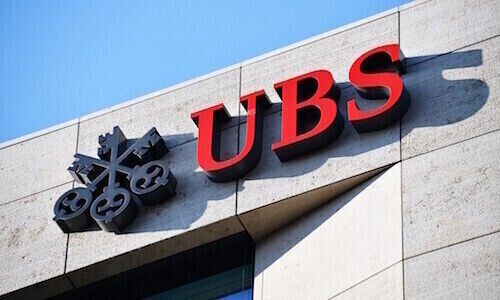Mark Haefele: 2024 is the «Beginning of a New World»
Global financial markets are entering unchartered territory as 2024 could mark the «beginning of a new world», according to UBS's Mark Haefele.
In 2024, UBS forecasts slower but still positive growth in the US, subdued growth in Europe and a new normal of lower but potentially higher quality growth in China. It also sees major drivers from a rate-cutting cycle at central banks starting next year alongside the outsized role of politics.
In light of this, the bank highlighted a few recommendations for investors: manage liquidity, buy quality, hedge market risks and diversify with alternative credit. For currency and commodity investors, UBS advised trading within range.
«We see 2024 mark the beginning of a new world,» said Mark Haefele, chief investment officer at UBS Global Wealth Management. «And while it can be easy to feel a sense of trepidation when faced with new challenges, years of adversity reinforce three things in terms of investing – the value of global diversification, the virtue of patience, and, most important, the resilience of humankind.»
New Order in Asia
In Asia, the bank noted that a new chapter was also unfolding.
Within China, it said that the transition away from an investment-driven to consumption-driven economic model has been «painful» with «more to be done», forecasting a medium-term average growth rate of over 4 percent. Elsewhere, the geopolitical landscape remains uncertain with elections occurring in economies accounting for 40 percent of global GDP, including Taiwan, Indonesia and India.
Investment Advice
As a result of such drivers, UBS forecasts low-teen returns for equities and high-single digit returns for Asian investment grade bonds.
On equities, the bank recommends investments in higher-quality regional heavyweights and well-funded first-mover AI players. On fixed income, the bank recommends pairing higher-quality duration with short-end bonds, with a preference for senior financials and Indonesia.
And on FX, it advises short-term range-trading opportunities, buying on dips and yield pick-up strategies. The bank also named the Australian dollar, Thai baht, and Chinese yuan as potential near-term outperformers.


























